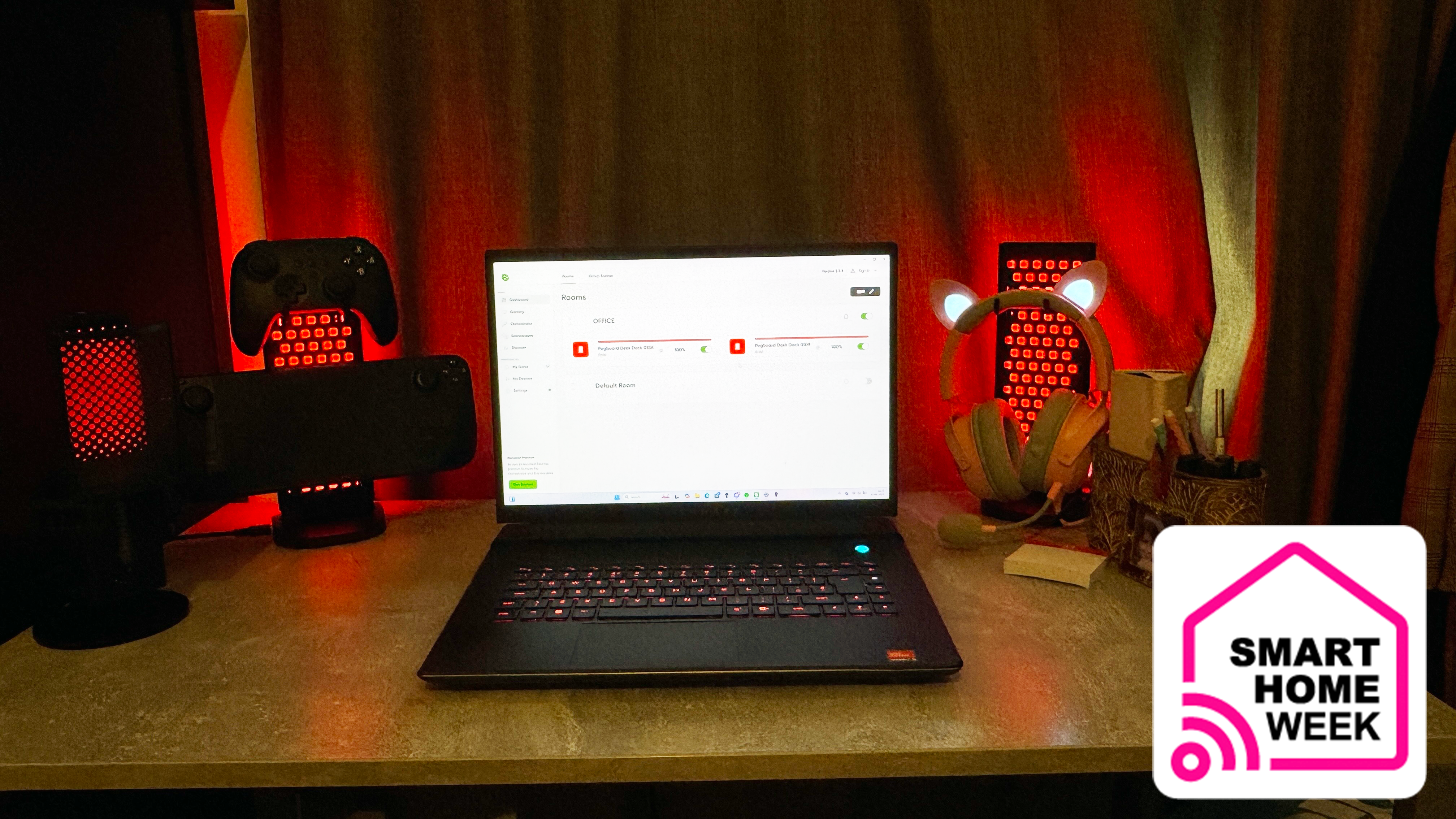Because the world is getting warmer, it’s getting colder, too.
Crazy as that sounds, there’s an explanation in the northernmost corner of the the planet, where temperatures are rising twice as fast as anywhere else. That affects the jet streams churning through the upper atmosphere, and results in more weird winter cold snaps.
The ones that descended in early January on the U.S. south brought snow and and ice to deep-freeze amateurs in cities including Birmingham, Alabama, and Oxford, Mississippi. Another one expected as early as next weekend may push readings more than 15 degrees Fahrenheit (8 Celsius) below average across the north-central part of the country.
More frequent and persistent bouts of severe or unseasonal weather are in most everyone’s future if the Arctic’s rapid warming continues, according to new research. Simply put, there will be fewer years when “climate is just average,” said Valerie Trouet, an associate professor at the University of Arizona’s School of Natural Resources and the Environment. “More extreme positions of the jet mean more extreme weather.”
The reason: Climate change is reducing the gap between North Pole temperatures and those to the south, weakening winds in the upper atmosphere and creating conditions that propel their currents in unusual new ways.
Read more: All about climate change — a QuickTake explainer
The North Atlantic jet stream has been moving exceptionally far north or south more frequently since the 1960s than at any time in the last 300 years, according to a study co-authored by Trouet and published in the journal Nature Communications. This is the first research to use climatological data gleaned from tree-growth rings to reconstruct centuries of wind patterns.
The average air temperature over Arctic land last year was the second highest, after 2016, since 1900. Readings were 2.9 degrees Fahrenheit above the average for 1981 to 2010, according to a report sponsored by the National Oceanic and Atmospheric Administration.
The amount of summer sea ice in the Arctic has declined by more than 30 percent in the past few decades. This has exposed more open water and land, which absorb heat and accelerate warming. The shift has been happening more quickly than computer models projected; summer seasons that are completely ice-free around the pole are considered likely sometime in the next few decades.
The frigid temperatures this winter and images of unlikely places blanketed in snow — the Sahara Desert, for instance — have been grist for people who doubt global warming is a phenomenon. But such wild weather could actually end up persuading skeptics, said Jennifer Francis, a research professor at New Jersey’s Rutgers University who has written on the jet streams changes.
An odd, disruptive meteorological condition “is an incredibly effective tool to get the public to understand better how climate is going to affect them,” Francis said. In other words, when icicles are forming in your swimming pool in Houston, you just know something is going on.
Read more: http://www.bloomberg.com/



